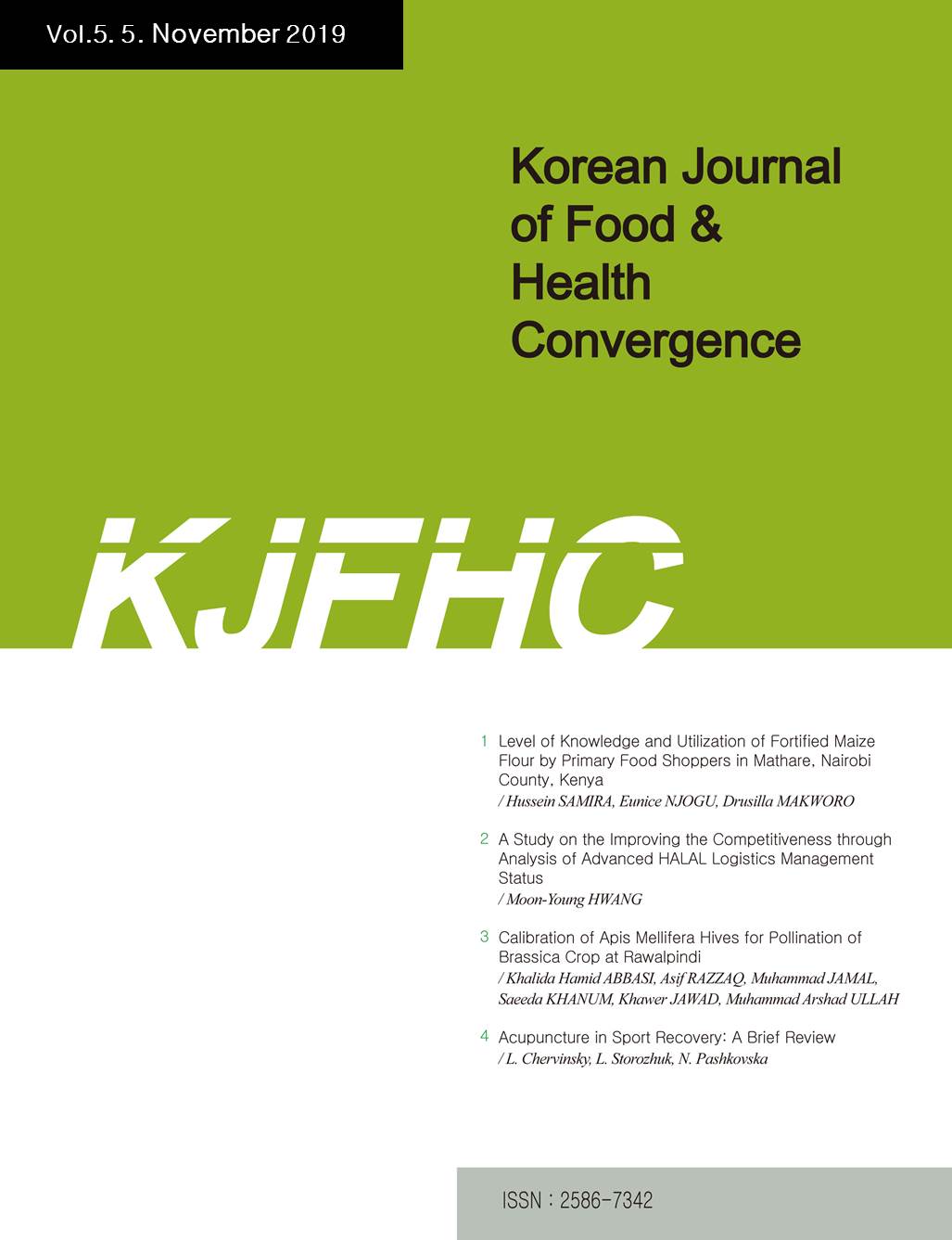 E-ISSN : 2586-7342
E-ISSN : 2586-7342
Vol.5 No.6
Abstract
Wernicke korsakoff syndrome is caused by thiamine deficiency in the body. Thiamine not available in the body, is a substance to be taken from outside with foods. There are some conditions that reduce the metabolism of thiamine taken from the body and cause a vital risk. The most important factor is alcoholism. Wernicke Korsakoff syndrome produces both neurological and vestibular symptoms. At the same time, the damage of these symptoms to the patient psychology cannot be ignored. The aim of this study is to investigate the damage and mechanism of the syndrome in the vestibular system. In this study, we investigated vestibular symptoms of Wernicke Korsakoff syndrome due to thiamine deficiency, differences of vestibular system according to individuals and mechanism of damage caused by syndrome in vestibular system. Thiamine deficiency is caused by Wernicke Karsokoff syndrome with some external factors. This syndrome shows the most important effects of alcoholism. It causes neurological, vestibular and psychological symptoms. In this context, we can say that thiamine deficiency is a disease that causes damage in the vestibular system due to nystagmus formation and imbalance. The most important detail in the treatment stage is the detailed evaluation of symptoms associated with each other.
Abstract
Desalination requires large energy. This experiment deals to desalinate brackish water through solar panels. The discharge from desalination plants is almost entirely water, and .01 percent is salt. Desalination is a process that extracts minerals from saline water. Solar-powered desalination technologies can be used to treat non-traditional water sources to increase water supplies in rural, arid areas. Water scarceness is a rising dilemma for large regions of the world. Access to safe, fresh and pure clean drinking water is one of the most important and prime troubles in different parts of the world. Among many of water cleansing technologies solar desalination/distillation/purification is one of the most sustainable and striking method engaged to congregate the supply of clean and pure drinkable water in remote areas at a very sound cost. Six types of dripper having discharge 3 - 8 lh-1 were installed one by one and measured discharge and volume of clean water indicated that at 6 lh-1 untreated water discharge have maximum evaporation and volume of clean water was 19.2 lh-1 at same temperature and radiations. Now strategy was developed that when increased the temperature the intake discharge of untreated water must be increased and salt drained water two times more than treated water.
Abstract
The construction environment has been declared as a hazard prone area due to high number of accident and death. The study aims to identify influential factors that contribute to poor safety practices and its consequences on construction workers in Cape Coast Metropolis. Seventy respondents were taken as the sample size for the study. Descriptive analysis was used to analyze the data obtained from the field. Findings show that poor site management, working without safety gadgets, failure to use their Personal Protective Equipment (PPE) and negligence of workers were the main causes of accidents on sites. Poor site management had the highest ranking among the seven variables. Effects of poor safety practices on building construction site and delays in work execution were due to injury of workers, extra cost due to payment of compensation to injured victims, not motivated due to injury of worker and declined reputation of firm. Management team should motivate workers for safe work done, provide adequate PPE for their workers on site and have documented health and safety policy on site. Site authorities and management team should be on site regularly to ensure proper safety practices on construction site.
Abstract
This article addresses issues related to environmental pollution.Particular attention is paid to the prevention of environmental pollution by livestock waste, which prompted the creation of closed ecological and biotechnical systems as environmentally closed production structures that can fit into the equilibrium system of the environment with minimal damage to it. An energy-saving and environmental protection technology for the processing and disposal of livestock waste with a maximum coefficient of energy transfer to livestock products has been developed, which consists in a combined treatment of waste in three stages, by transferring waste from one technological module to another, which makes it possible to completely utilize mineral substances in waste. The focus is on vermicultivation, microalgae cultivation and anaerobic fermentation in a bioenergy plant. To increase the productivity of growing microalgae, the authors proposed a deep type cultivator with submerged movable light sources.The technological parameters of the bioenergy installation for waste treatment are determined. An energy-saving and environmental-friendly technology has been developed for processing The main contribution of the study is the development of energy-saving and environmental technology for the processing and disposal of livestock waste with a maximum coefficient of energy transfer to livestock products.
